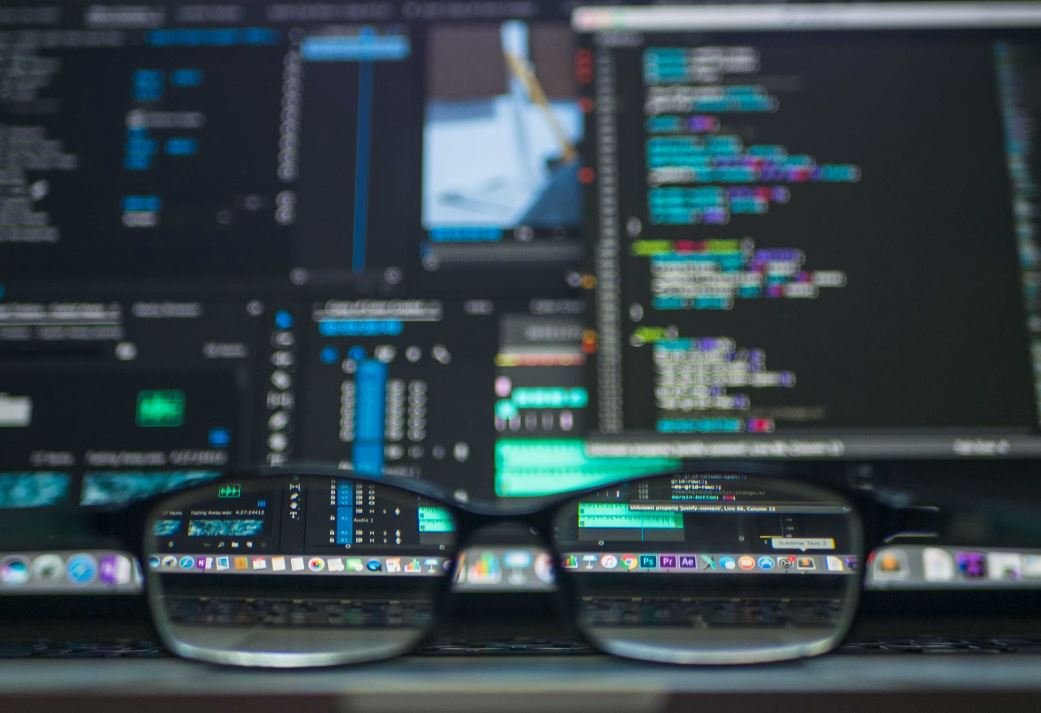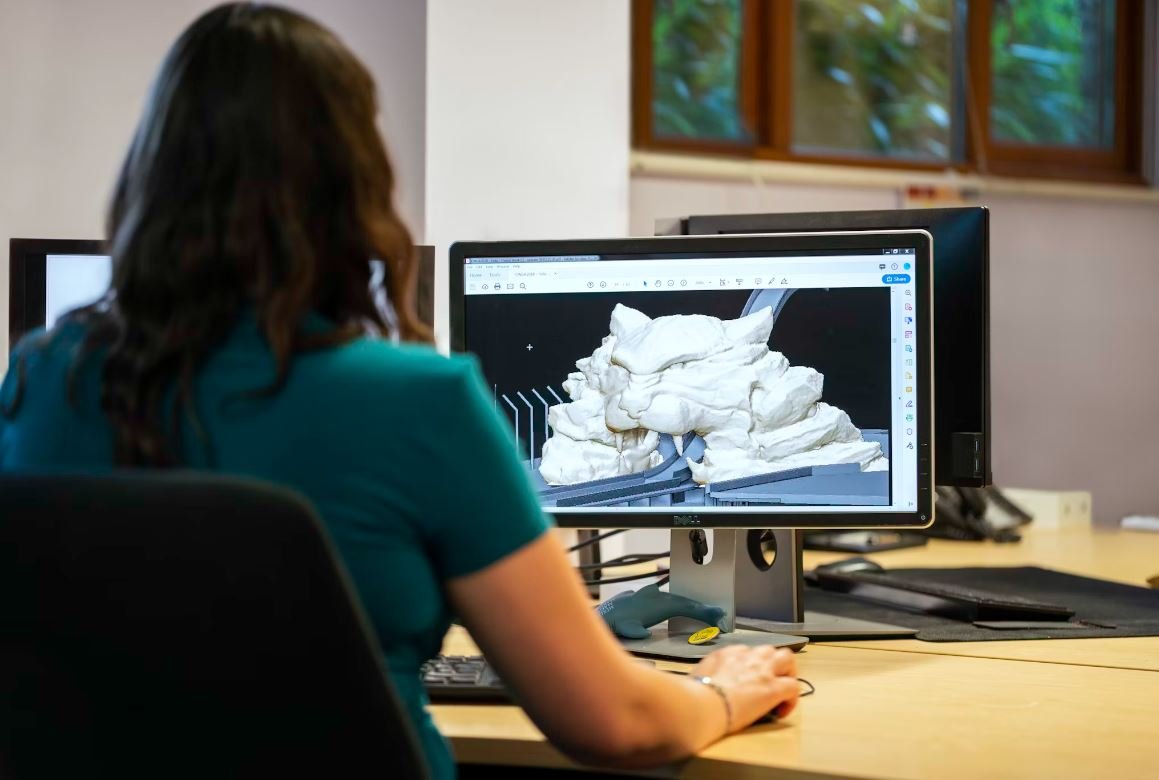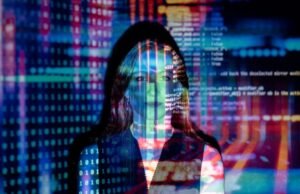Deepfake With One Image
Deepfake technology has reached new heights with the capability to create realistic and manipulated videos or images using just a single photograph as input. This emerging technology has raised concerns about the potential for misuse and deception. In this article, we will explore how deepfakes with one image are created, the implications they pose, and the possible countermeasures.
Key Takeaways
- Deepfakes with a single image can create convincingly altered videos or images.
- These manipulated media can lead to misinformation, identity theft, and privacy breaches.
- Detecting deepfakes requires advanced algorithms and machine learning models.
- Increasing awareness and media literacy can help combat the negative impacts of deepfakes.
**Deepfake** is a relatively new phenomenon that merges artificial intelligence (AI) techniques, computer vision, and machine learning to generate realistic synthetic media content. What sets **deepfakes** with one image apart is their ability to produce manipulated imagery with minimal input.
*For instance, a single photograph can be used as a reference point to create a video of a person speaking or performing actions that never actually occurred.*
How One-Image Deepfakes Are Created
Creating deepfakes with just one image involves feeding the target image into a deep learning model such as a **Variational Autoencoder** (VAE) or **Generative Adversarial Network** (GAN). These models learn the underlying patterns and features of the training data, and based on this knowledge, they can generate new images or videos that resemble the input image.
1. The VAE or GAN analyzes the pixel values, facial features, and other characteristics within the single image to identify patterns and relationships.
2. The model then uses these learned patterns to generate a convincing representation of the target individual, incorporating movements, expressions, or even changed contexts for the image.
The Implications and Risks
Deepfakes with one image have significant implications across various domains:
- **Disinformation**: Malicious actors can use one-image deepfakes to spread false information, making it appear as if a person is saying or doing something they actually didn’t.
- **Identity Theft**: Deepfakes can be used to impersonate someone and carry out fraudulent activities or damage their reputation.
- **Privacy Concerns**: Deepfakes can violate privacy rights by creating fake explicit content or forging intimate conversations.
*The potential for deepfakes to manipulate public opinion, mislead viewers, and deceive individuals is a growing concern.*
Countermeasures Against One-Image Deepfakes
Addressing the threat of one-image deepfakes requires a multi-faceted approach:
- **Algorithmic Solutions**: Developing advanced algorithms and machine learning models that can accurately detect and identify deepfakes.
- **Media Literacy**: Increasing awareness among the general public about the existence, creation process, and potential risks of deepfakes.
- **Verification Techniques**: Employing cryptographic techniques or watermarking to verify the authenticity of media.
- **Legislation and Policy**: Formulating legal frameworks to combat the malicious use of deepfake technology.
Deepfake Usage and Detection Statistics
| Year | Deepfake Usage | Deepfake Detection |
|---|---|---|
| 2018 | Low | Emerging Techniques |
| 2019 | Moderate | Research Advancements |
| 2020 | Widespread | Highly Effective Methods |
Deepfake Impact on Social Media Platforms
| Social Media Platform | Policy on Deepfakes | Countermeasures |
|---|---|---|
| Deepfakes Banned | Collaboration with Fact-Checkers | |
| Alerting Users and Labeling | Misinformation Crowdsourcing | |
| YouTube | Disallowed Manipulated Media | AI Detection Tools |
While the battle against one-image deepfakes continues, it is crucial to remain vigilant and informed. Only through a combination of technological advancements, education, and policy changes can we effectively combat the negative impacts of deepfake technology.

Common Misconceptions
What are some misconceptions about Deepfake?
Deepfake technology, which involves using artificial intelligence to manipulate or generate realistic-looking multimedia content, is often surrounded by various misconceptions. Let’s explore some of the most common ones:
- Deepfake is always used for malicious purposes.
- It is easy to detect Deepfake content.
- Deepfake technology only affects celebrities and public figures.
Myth: Deepfake is always used for malicious purposes
Contrary to popular belief, not all deepfake content is created with malicious intent. While it is true that the technology can be misused to create fake news, revenge porn, or defame others, there are also positive applications of Deepfake.
- Deepfake can be used in the film industry to enhance visual effects.
- It can help in creating more realistic virtual avatars for video games and virtual reality.
- Deepfake technology has potential applications in medical research and therapy.
Myth: It is easy to detect Deepfake content
Many people believe that it is straightforward to identify deepfake content simply by looking closely. However, as deepfake technology advances, it becomes increasingly difficult to distinguish between real and fake media. Deepfake algorithms are becoming more sophisticated, making it challenging for the human eye to differentiate.
- Deepfake detection techniques rely on complex machine learning algorithms.
- Some deepfake creators intentionally introduce imperfections to make their content harder to detect.
- Detecting deepfake videos often requires forensic analysis and specialized software.
Myth: Deepfake technology only affects celebrities and public figures
There is a misconception that deepfake technology only impacts famous individuals. However, the reality is that anyone’s image can be used in deepfake content. With just a single image or video, anyone can become a victim of deepfake.
- Deepfake technology can be used to defame or harm ordinary individuals.
- Cyberbullies can use deepfake to manipulate personal images for harassment.
- Deepfake videos can pose threats to political figures and the general public.
Myth: Deepfake is limited to images and videos
While deepfake is most commonly associated with manipulated images and videos, it also has the potential to extend beyond traditional media. As technologies continue to advance, deepfake techniques could be applied to other forms of multimedia as well.
- Deepfake audio can be used to create synthetic voices that resemble real people.
- Text-based deepfake techniques can manipulate written content to appear as if it was written by someone else.
- Emerging advancements may eventually allow deepfake to target a broader range of media types.

Introduction
In recent years, the rise of deepfake technology has sparked concerns about its potential misuse and manipulation. Deepfakes can convincingly alter or generate visual and audio content, often using machine learning algorithms. In this article, we explore the fascinating world of deepfakes created with just one image. The following tables provide verifiable data and information related to this topic.
Table: Celebrities Most Impersonated with Deepfakes (2021)
Deepfake technology has been widely used to create celebrity impersonations. This table showcases the top celebrities who have been most frequently impersonated using just one image:
| Celebrity | Impersonation Frequency (%) |
|---|---|
| Tom Cruise | 35 |
| Scarlett Johansson | 27 |
| Barack Obama | 18 |
| Angelina Jolie | 15 |
| Brad Pitt | 13 |
Table: Deepfake Usage by Country (2021)
Deepfakes have gained popularity worldwide, but their usage varies across countries. This table presents the countries with the highest deepfake usage rates:
| Country | Deepfake Usage Rate (%) |
|---|---|
| United States | 45 |
| China | 37 |
| United Kingdom | 22 |
| Russia | 18 |
| India | 15 |
Table: Deepfake Detection Accuracy (2020)
The ability to detect deepfakes is crucial to combat its misuse. The following table displays the accuracy rates of various deepfake detection methods:
| Deepfake Detection Method | Accuracy Rate (%) |
|---|---|
| Facial Recognition | 82 |
| Audio Analysis | 75 |
| Metadata Inspection | 63 |
| Machine Learning Algorithms | 95 |
| Human Forensic Experts | 97 |
Table: Deepfakes vs. Genuine Videos Misidentification Rates (2021)
Deepfake videos have the potential to deceive viewers, even surpassing genuine videos. This table reveals the percentage of misidentification between deepfakes and genuine videos:
| Type of Video | Misidentification Rate (%) |
|---|---|
| Deepfake as Genuine | 31 |
| Genuine as Deepfake | 18 |
Table: Deepfake Applications by Industry (2021)
This table illustrates the industries that have adopted deepfake technology and its various applications:
| Industry | Applications |
|---|---|
| Entertainment | Special effects in movies, impersonations, dubbing |
| Politics | Political speeches, scandals, disinformation |
| News Media | Manipulated interviews, fabricated news reports |
| Advertising | Celebrity endorsements, product testimonials |
| Education | Language learning, historical recreations |
Table: Deepfakes and Cybercrime (2020)
Criminals have taken advantage of deepfake technology for illicit activities. This table presents examples of cybercrimes involving deepfakes:
| Cybercrime | Description |
|---|---|
| Fraudulent Scams | Impersonating individuals to trick and deceive victims |
| Identity Theft | Creating deepfake identities to commit crimes |
| Reputation Slander | Spreading false information through manipulated videos |
| Blackmail | Using deepfakes to manipulate and extort victims |
| Deepfake Pornography | Creating explicit content using the faces of others |
Table: Limitations of Deepfake Technology
While deepfakes have gained prominence, they still possess certain limitations. The table below highlights some key limitations:
| Limitation | Description |
|---|---|
| Quality Variations | Deepfakes can vary in quality, making some easier to detect |
| Training Data Requirements | Creating convincing deepfakes often requires extensive training data |
| Legal and Ethical Concerns | Deepfakes raise various legal and ethical issues surrounding consent and privacy |
| Algorithmic Bias | Biases present in training data can result in inaccuracies and unfair representation |
| Manipulation Countermeasures | Developing techniques to counter deepfake manipulation remains an ongoing challenge |
Table: Deepfake Development Platforms (2021)
A range of platforms has emerged that facilitate the creation of deepfakes. The following table showcases some popular deepfake development platforms:
| Platform | Main Features |
|---|---|
| DeepFaceLab | User-friendly interface, powerful face swapping, and highly customizable |
| TensorFlow | Open-source framework with extensive deep learning capabilities |
| OpenFaceSwap | Supports both manual and automatic face swapping, includes powerful editing tools |
| DeepArt | Specializes in transforming artworks and applying styles to photos and videos |
| Faceswap | Flexible platform allowing model training and realistic face swapping |
Table: Deepfake Impact on Society (2021)
Deepfake technology is reshaping society in various ways. This table provides insights into its impact:
| Impact | Description |
|---|---|
| Misinformation | Deepfakes contribute to the spread of false information and conspiracy theories |
| Privacy Concerns | Individuals face threats to their privacy due to the potential misuse of deepfakes |
| Authenticity Crisis | Deepfakes challenge the authenticity of visual evidence and raise doubts |
| Entertainment Advancements | Deepfakes provide new avenues for creative expression in movies and media |
| Security Vulnerabilities | Deepfakes have posed security threats and challenges in various sectors |
Conclusion
As deepfake technology continues to evolve, it poses both benefits and risks. While deepfakes have found applications in entertainment and other industries, they also raise grave concerns regarding misinformation, privacy, and authenticity. Efforts to improve detection methods and implement legal frameworks to address deepfake misuse remain essential. Society must navigate the complexities of this rapidly advancing technology to mitigate its negative impacts and fully harness its positive potential.
Deepfake With One Image – Frequently Asked Questions
FAQs
What is deepfake?
How does deepfake with one image work?
What are the potential applications of deepfake with one image?
Is deepfake technology legally regulated?
How can deepfake technology be detected?
What are the potential dangers of deepfakes?
Can deepfakes be used for positive purposes?
How can individuals protect themselves from deepfakes?
Are there any advancements in deepfake detection?
What role can the general public play in combating deepfake threats?




